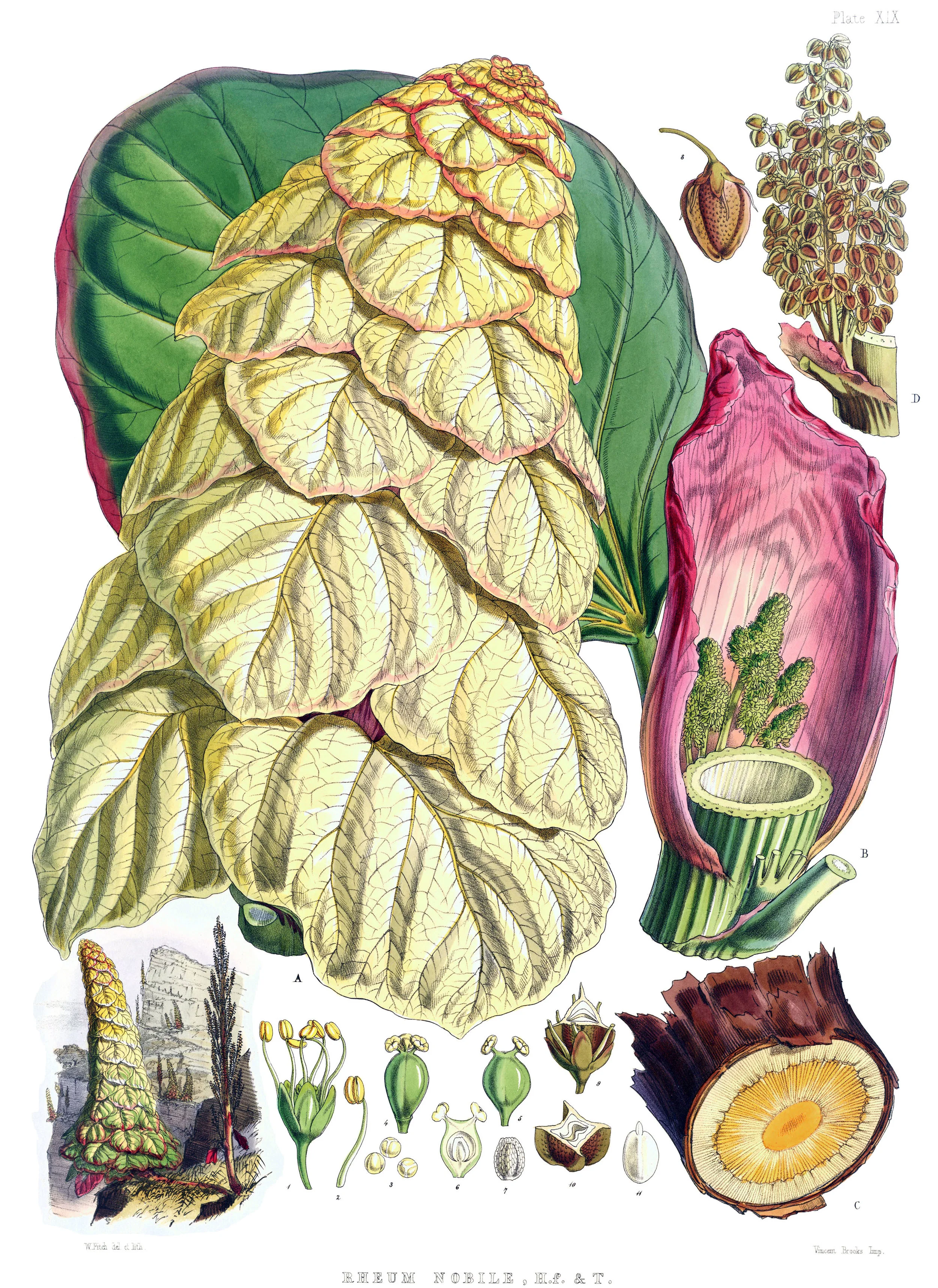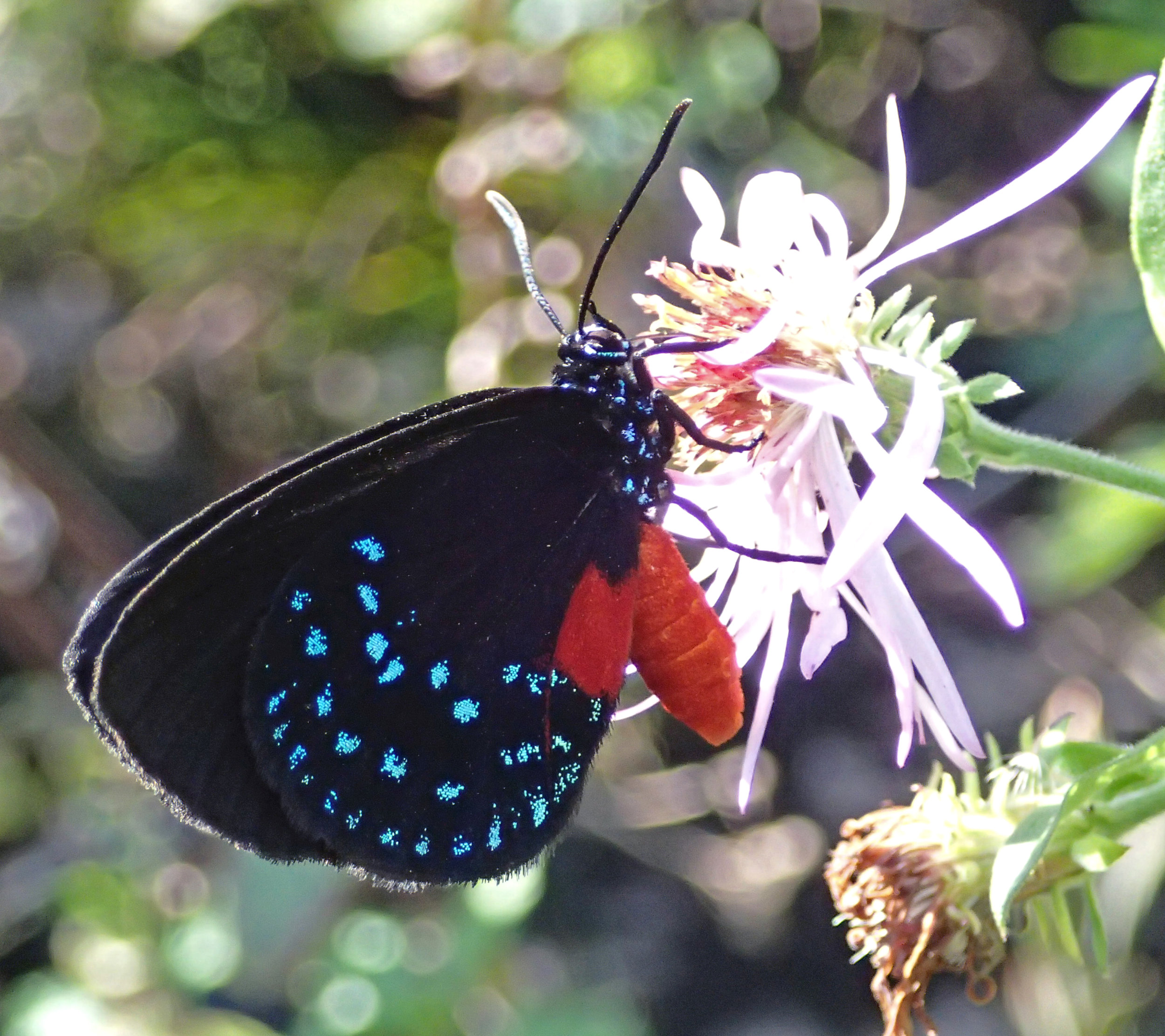Pitcher plants in the genus Nepenthes have been getting a lot of attention in the literature as of late. Not only have researchers discovered the use of ultraviolet pigments around the rims of their pitchers, it has also been noted that the pitchers of many species aren't as slippery as we think they are. Indeed, scientists have noted that prey capture is at its highest only when the pitchers are wet. This seems counterintuitive. Why would a plant species that relies on the digestion of insects for most of its nitrogen and phosphorus needs produce insect traps that are only effective at certain times? After all, it takes a lot of energy for these plants to produce pitchers, which give little to nothing back in the way of photosynthesis.
The answer to this peculiar conundrum may lie in the types of insects these plants are capturing. Ants are ubiquitous throughout the world. Their gregarious and exploratory nature has provided ample selection pressures for much of the plant kingdom. They are particularly well known for their military-esque raiding parties. It is this behavior that researchers have looked at in order to explain the intermittent effectiveness of Nepenthes pitchers.
A recent study that looked at Nepenthes rafflesiana found that ants made up 65% of the prey captured, especially on pitchers produced up in the canopy. What's more, younger pitchers produced closer to the ground were found to be much more slippery (containing more waxy cells) than those produced farther up on the plant. When the pitchers of this species were kept wet, prey capture consisted mostly of individual insects such as flies. However, when allowed to dry between wettings, the researchers found that prey capture, specifically ants, increased dramatically. How is this possible?
It all goes back to the way in which ants forage. A colony sends out scouts in all directions. Once a scout finds food, it lays down a pheromone trail that other ants will follow. It is believed that this is the very behavior that Nepenthes are relying on. The traps produce nectar as a lure for their insect prey. As the traps dry up, the nectar becomes concentrated. Ants find this sugary treat irresistible. However, if the pitcher were to be slippery at all times, it is likely that most ant scouts would be killed before they could ever report back to the colony. By reducing the slippery waxes, especially around the rim of the trap, the Nepenthes are giving the ants a chance to "spread the news" about this new food source. Because these plants grow in tropical regions, humidity and precipitation can fluctuate wildly throughout a 24 hour period. If the scouting party returns at a time in which the pitchers are wet then the plant stands to capture far more ants than it did if it had only caught the scout.
This is what is referred to as batch capture. The plants may be hedging their bets towards occasional higher nutrient input than constant low input. This is bolstered by the differences between pitchers produced at different points on the plant. Lower pitchers, especially on younger plants are far more waxy and thus are constantly slippery. This allows constant prey capture to fuel rapid growth into the canopy. Upper pitchers on older individuals want to maximize their yields via this batch capture method and therefore produce fewer waxy cells, relying on a humid climate to do the work for them. It is likely that this is a form of tradeoff which benefits different life cycle stages for the plant.
Photo Credit: Andrea Schieber (http://bit.ly/1xUsGJk)
Further Reading:
http://rspb.royalsocietypublishing.org/content/282/1801/20142675








![[SOURCE]](https://images.squarespace-cdn.com/content/v1/544591e6e4b0135285aeb5b6/1542743921199-1RXQQYMY65FQF31CBRTH/en_2163.jpg)





